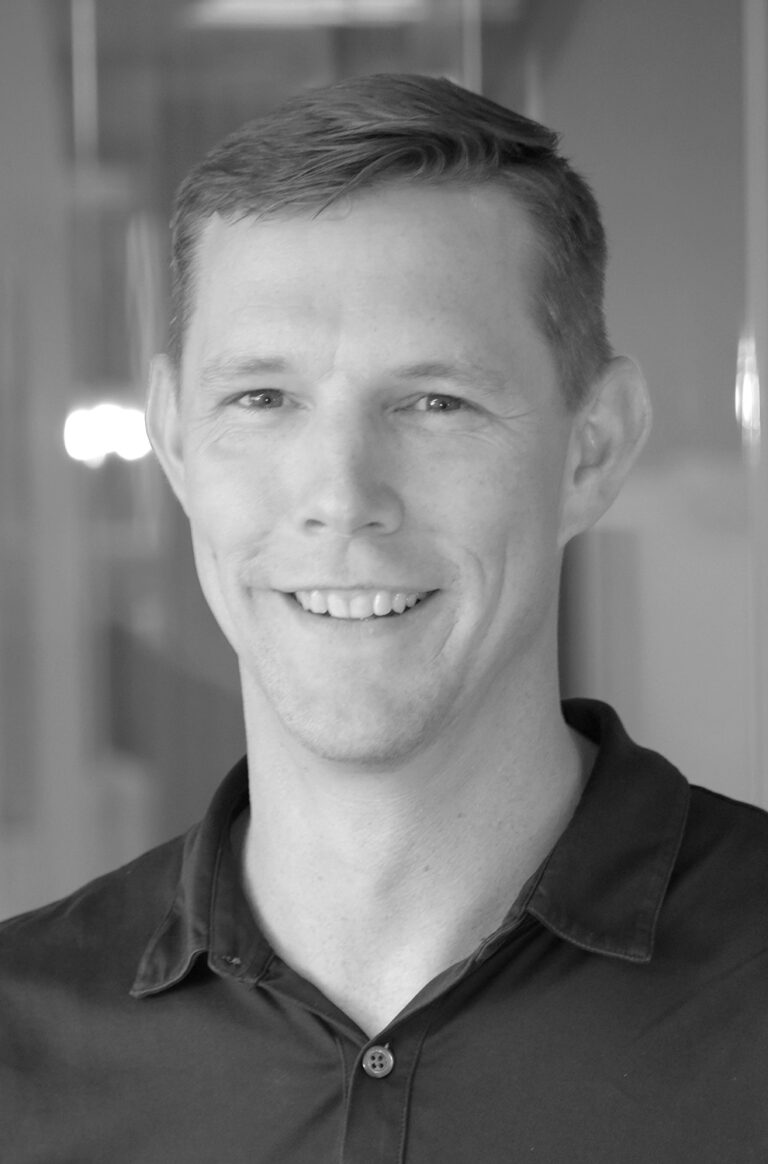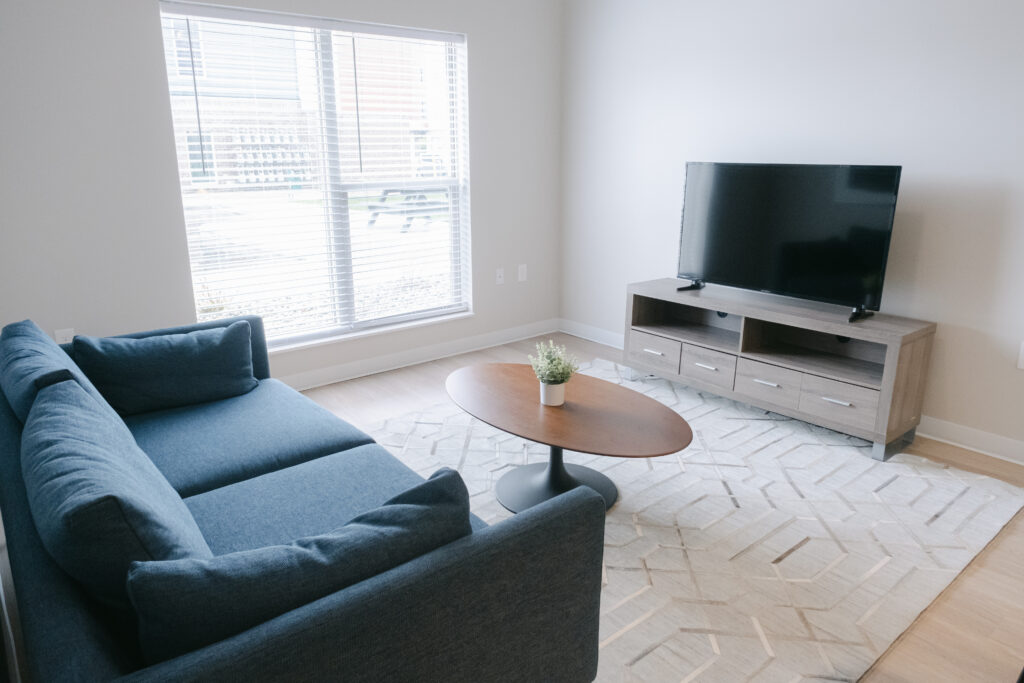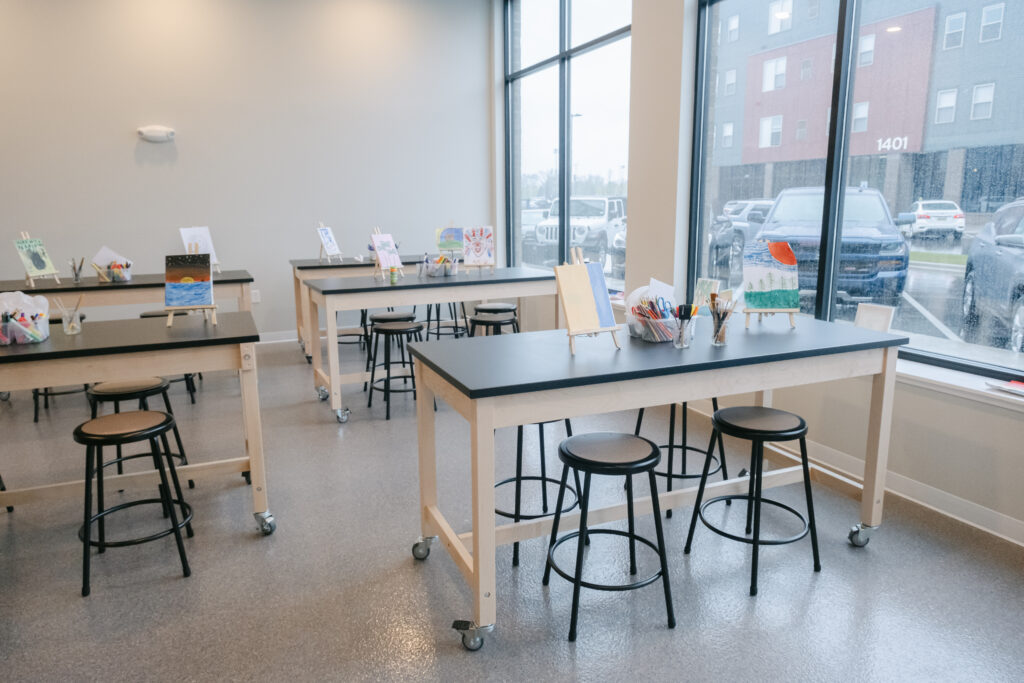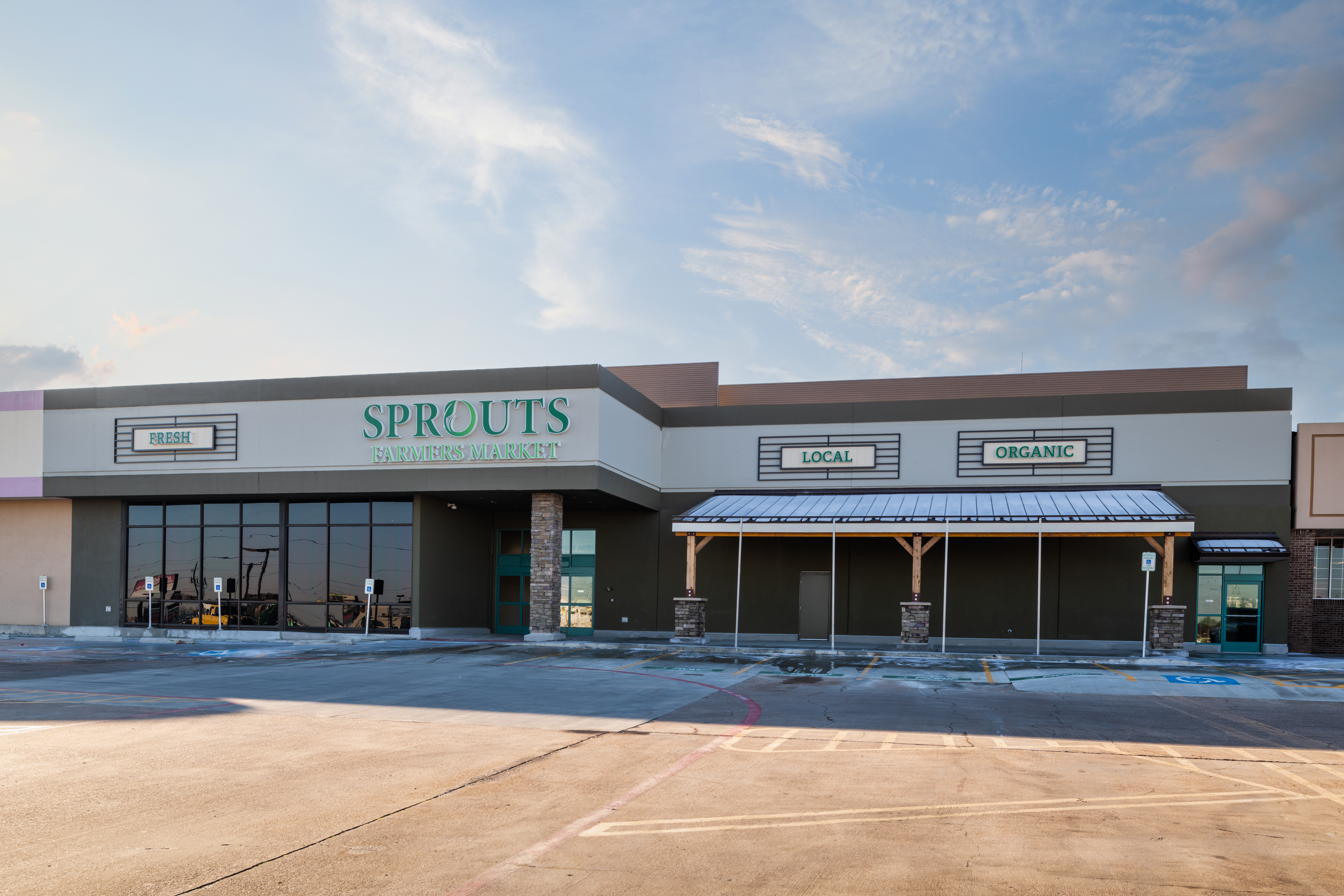- Project:
- Sector:
- Stats:
- HDJ Services:
- New Construction
- Affordable Housing
- 6 buildings, 424 units
- Architecture, Engineering (Mechanical HVAC, Plumbing, Electrical) Interior Design
Project Leadership

Rob Gustafson, PE
Senior Project Manager

Eric Maring, AIA
Lead Project Architect
Outline of Project
Lorem ipsum dolor sit amet, consectetur adipiscing elit. Ut elit tellus, luctus nec ullamcorper mattis, pulvinar dapibus leo.
Improving Lives Together - About Magnus Capital Partners + HDJ
How do we meet the challenge of developing affordable living workforce housing solutions? This is a challenge facing communities throughout the country, including West Michigan. One ardent and perceptive developer is helping meet this affordable living challenge by transforming the residential experience.
Magnus Capital Partners (Magnus), a privately-held asset management and real estate investment firm, focuses on developing innovative residential communities. Through their workforce housing platform, HŌM Flats, Magnus Capital Partners builds affordable housing solutions that promise housing equity. HDJ is a leading national design firm providing architectural and engineering expertise to support the affordable housing industry throughout the United States. Vishal Arora, founder and CEO of Magnus, is responsible for establishing the firm’s investment priorities, cultivating ethical practices, and communicating with stakeholders.

We look at HŌM Flats as a mode of economic freedom,” Arora said. “HŌM Flats starts to answer the questions what should workforce housing look like and what does it do, just not for its residents, but for the communities that surround it.
Arora and the HŌM Flats team is passionately committed to the continuous improvement process, ultimately leading to always improving the residential experience and long-term operational needs of a community.
Cumulatively between our team (Magnus) and your team (HDJ), we’ve found things we’ve never thought about before,” Arora added. “That’s the most exciting thing because there is no prescription for this.
The lessons Magnus has learned developing the HŌM Flats workforce living brand include making every inch count through purposeful design and each space is an opportunity to improve the residential living experience.

The team we’ve assembled here has a wonderful background in affordable housing and some market-rate housing as well,” said Arora. “In some cases, some of the team members don’t have any housing experience. That’s also very intentional. If you just know housing, sometimes you look at things the same way you always have – so you don’t question things, and I think applying the reasoning of always asking why. What’s next? Why do that? It’s a tedious process, but one I think has thus far has paid off.
The Missing Middle
Magnus selected HDJ to develop their brand, HŌM Flats, in West Michigan. The “missing middle” describes the lack of quality housing for those who earn up to 60% or more of the area’s median income but don’t qualify for subsidized housing and can’t afford higher-end market-rate housing. The HŌM Flats brand offers modern living spaces with high-quality design, secure buildings, a socially responsible neighborhood & community, and extensive amenities, bridging the gap between LIHTC and market-rate developments.
Fitting the Pieces Together
One of the first steps was to consider design, community development, and financing elements and understand the needs of the intended residents, the zoning restrictions, and other opportunities. HŌM Flats is a new brand concept requiring a fresh approach. HDJ worked closely with local planning & zoning commission representatives throughout the planning phase to pave the way for new workforce housing opportunities and revitalize the local communities.
The HŌM Flats Brand
Magnus and HDJ have worked diligently to make the HŌM Flats brand a reality for West Michigan. After many design iterations, continuous communication, and dogged pursuit of success, HŌM Flats became a reality by welcoming its first residents in 2021. Phase one of HŌM Flats at 28 West opened with 226 residential units while phase two opened in 2022 with an additional 160 residential units. Living options include studio, one bedroom, two bedroom, and three bedroom homes. HŌM Flats at 28 West include many intentionally-designed resident amenities. Some of these include a fitness center, yoga studio, café, children’s indoor activity center, art studio, community room, indoor dog play and wash station area, game room, indoor bike storage, secure package delivery rooms, and rooftop patios.
Several additional HŌM Flats communities are in the design or construction phases in West Michigan, including HŌM Flats at Felch in Holland and HŌM Flats at Maynard in Grand Rapids.



